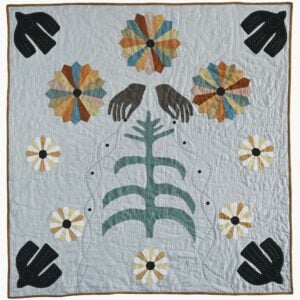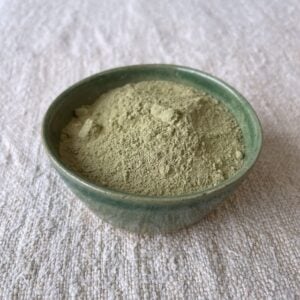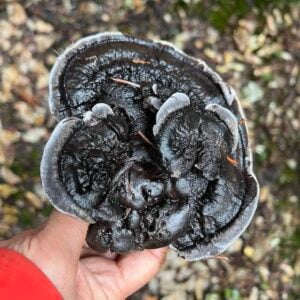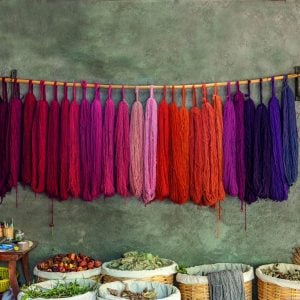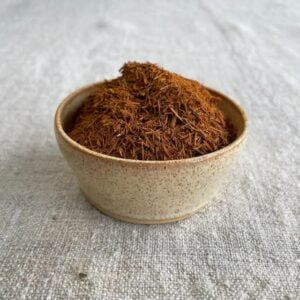Jogakbo Workshop with Youngmin Lee
Jogakbo Workshop with Youngmin Lee We are so excited to host the renowned Korean Textile Artist Youngmin Lee May 1st – 4th, 2025 (Thursday-Sunday) 10AM to 4PM Botanical Colors 503 S Michigan St, Ste B Seattle WA 98108 Bojagi are traditional Korean wrapping cloths. They were used to wrap, cover, carry, or store objects in daily life, on special occasions, and in religious rituals. Koreans believe that bojagi can not only wrap an object but can also enclose bok (福, 복, good fortune or happiness). The act of making bojagi also carries wishes for the well-being and happiness of … Read more


